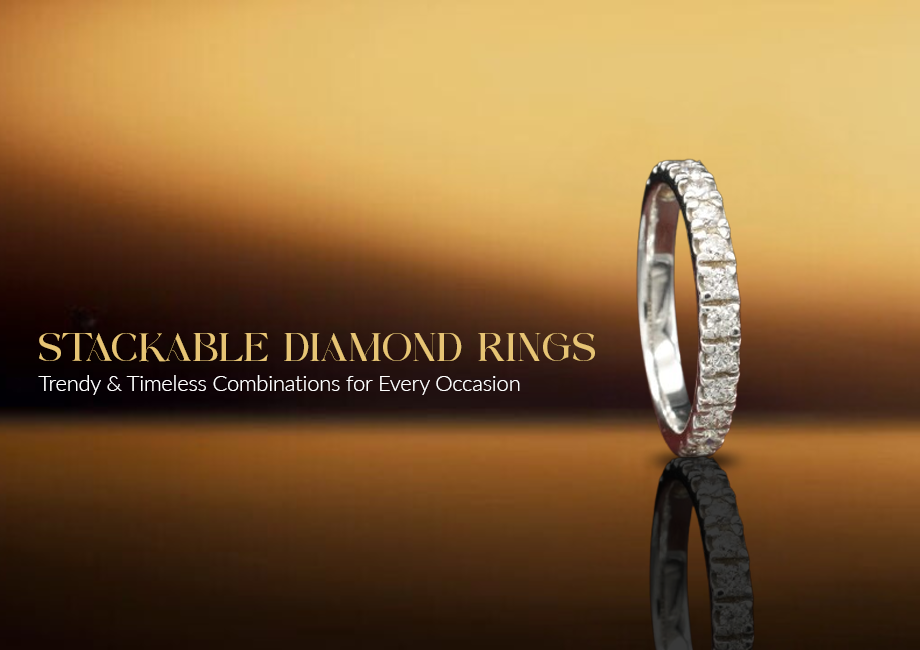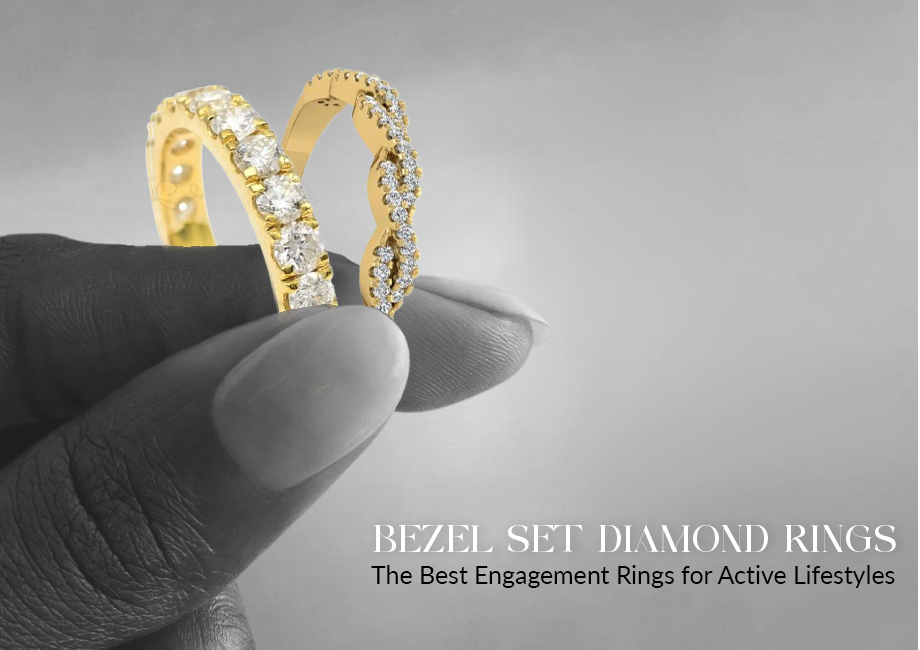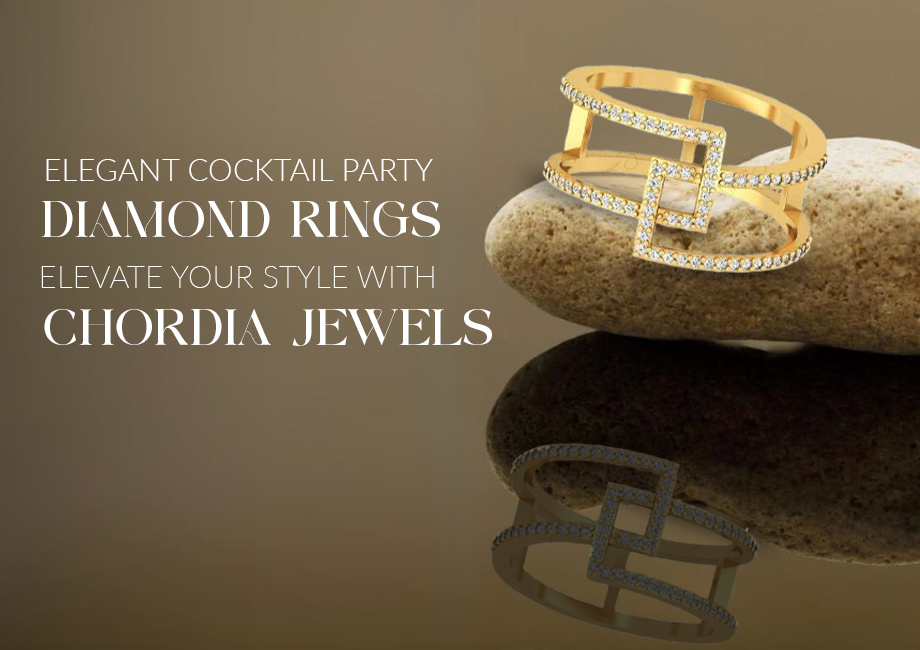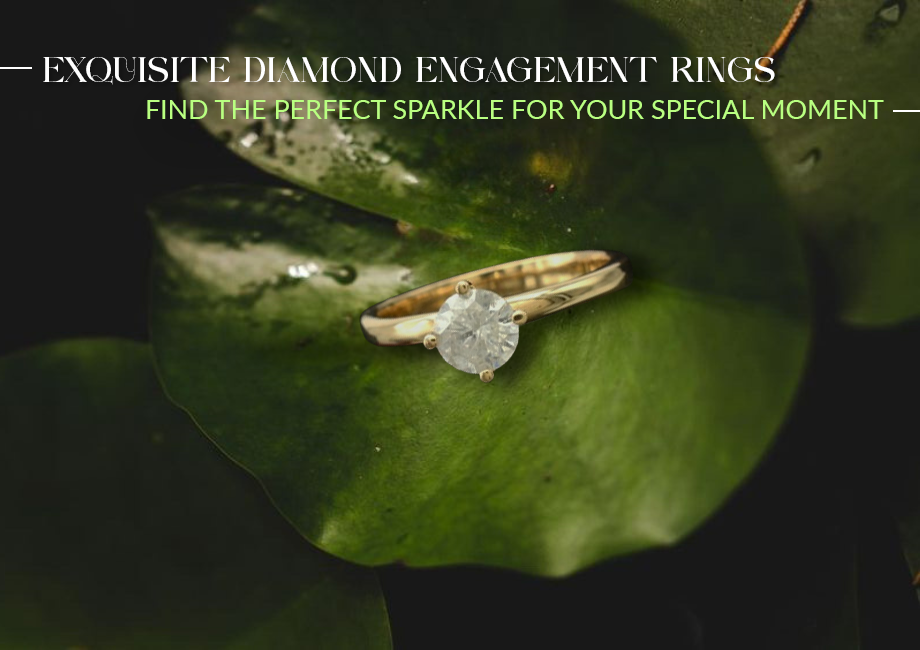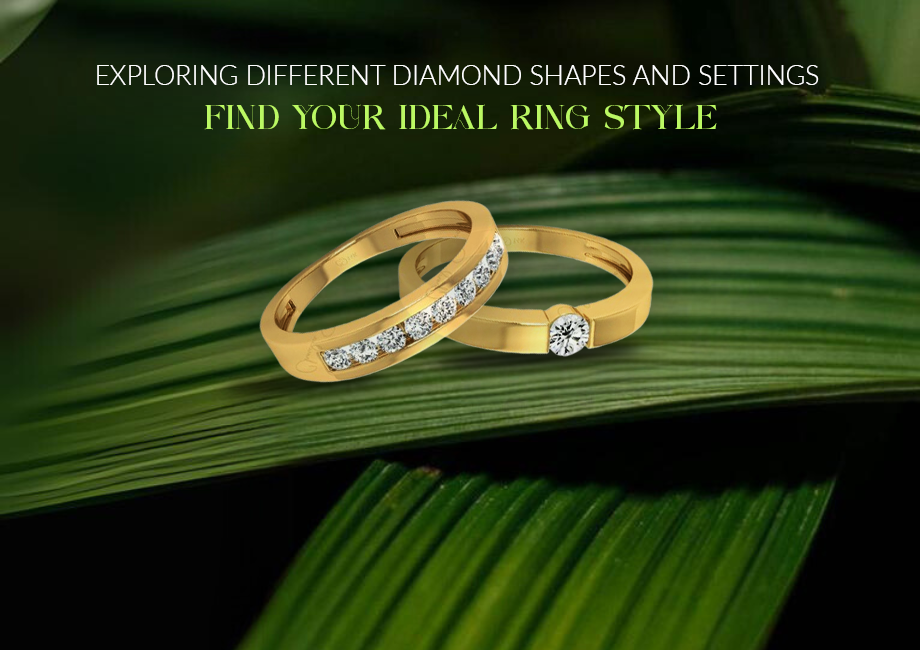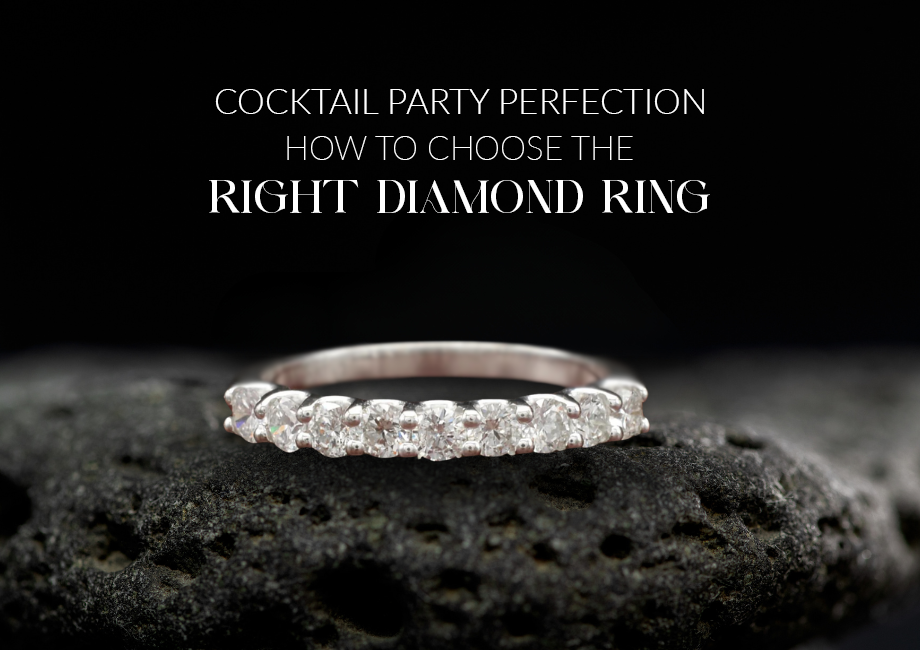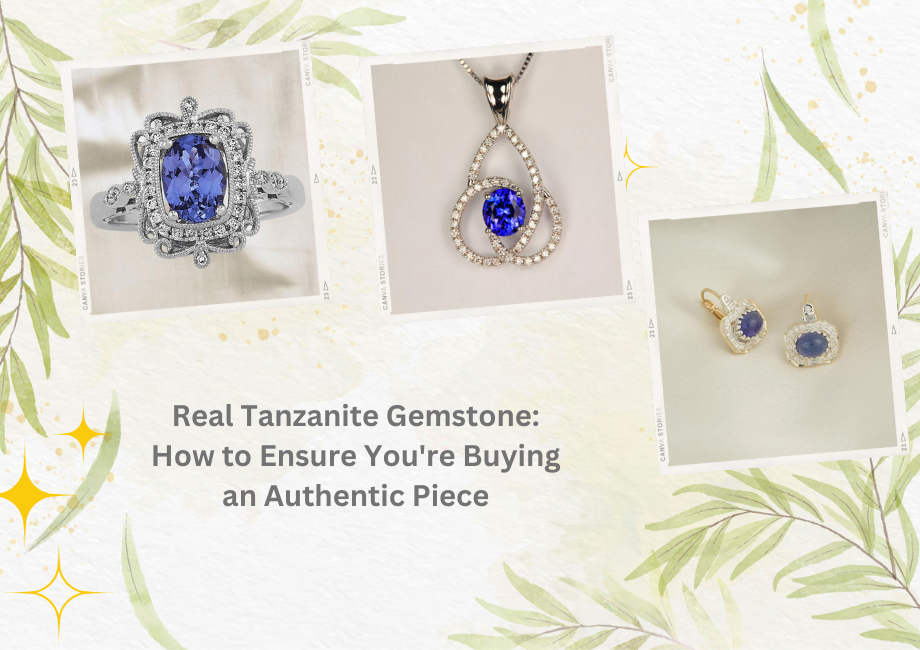
Since ages, precious and semi-precious gemstones have been a sign of sophistication and status. These beautiful gemstones are also looked at as great investments, because of their appreciable value and the fact that they are very rare. However, due to major technological advancements and more and more sellers wanting to make a bigger profit, the market has become flooded with synthetic stones and fakes. This has made it extremely difficult for customers to buy real gemstone jewelry without hesitation, and more and more people are being duped every day. To the trained eye, spotting a fake might not require much effort, but here’s a detailed guide for novices to make sure that they’re buying an authentic piece of jewelry.
The more rare something is, especially when it comes to gemstones, the more likely it is that it will be a popular target for people who produce fake gems. One such stone is tanzanite, as it is very rarely found. It is extremely important to be careful while buying tanzanite these days as it is one of the stones that is forged a lot. Tanzanite has some unique qualities due to which you can spot a real tanzanite from a fake one. Here are a few simple ways in which you can determine if you have real tanzanite rings and jewelry or not and how to beware of fake tanzanite stones.
What Is Tanzanite?
The precious gemstone known as tanzanite is an example of a trichroic stone. A trichroic stone is a gem or stone that has the ability to display three distinct colors when viewed from certain different angles. This particular one-of-a-kind attribute is very helpful when it comes to assessing the authenticity of a stone like this.
Basic Understanding
Tanzanite has a standard shade of inky blue in general but when seen from different angles, being a trichroic stone, it can appear to have overtones of both red and violet. If you look at this stone from many different angles, you might be able to determine whether or not it is genuine. Another important thing to remember is that the lighting in the room makes a lot of difference on the color of the stone. In the bright white fluorescent lighting, your Tanzanite will seem more of a dark royal blue. Usually, areas of the stone that have purple and reddish tones will be more noticeable in light that is softer and warmer. Experts have also claimed that they perceive a "red flash" whenever they stare at the gem when it is illuminated by yellow light. If the color of your stone remains the same no matter the lighting and you don’t see any different shades other than blue or end up seeing only two shades, it is certainly not a real tanzanite. With this preliminary inspection, you can buy real tanzanite earrings, tanzanite necklaces and tanzanite rings.
Magnify the stone
It's possible that a Tanzanite will look absolutely faultless to the untrained eye. When examined at a magnification of approximately ten times their original size, most Tanzanites will reveal the presence of inclusions. Inclusions are the minute scratches or other flaws that may frequently be seen on the surface of some gems. All natural gemstones have inclusions in them due to years and years of being under pressure. If upon inspection your stone has little to no inclusions, be rest assured that it is a fake. Only tanzanites produced in a lab will be flawless and without inclusions.
Ways for experts to tell the difference
If you are a novice, your best bet is to probably get it appraised by a professional. But if you are someone who has knowledge about gems, here’s a useful and slightly lesser known tip. Another way to see if a stone is a Tanzanite is to see if it has birefringence. The way light bends in a gemstone and splits in two different directions is called birefringence. The difference between the highest and lowest refraction indices tells how high or low the birefringence index is. Compared to forsterite, which is made in a lab, tanzanite has a very low birefringence index.
To make sure your stone is Tanzanite, just use a magnifying glass to look at one of the back faces. When you look at the crown facets, pay attention to the pavilion side, which may look like it has two sides. If this is the case, your gem is probably a fake made out of forsterite that was made in a lab. Forsterite that is made in a lab has a doubling effect because it has a high birefringence index.
Some useful tips when buying an authentic Tanzanite
- Colors that are darker and more vibrant are harder to get and cost more than colors that are lighter.
- There is a direct relationship between the size and color of tanzanite gemstones. Larger stones tend to have the darkest hues, while smaller ones tend to have pastel colors.
- The value of a gemstone goes down when the amount of color saturation goes down.
- Most of the time, smaller tanzanite is lighter than bigger tanzanite. It's hard to get an extremely black tanzanite that weighs less than 3 carats.
- All tanzanite is a blend of blue and violet. If you tilt and rock it, you can see both hues in different lights and angles. Tanzanite is either blue with a violet tinge or violet with a blue tint. There is no pricing difference between tanzanite that is more blue or more violet.
With these helpful tips, you can buy tanzanite pendants, rings and earrings without worry. It is always better to buy jewelry from trusted sources and get it appraised beforehand.


